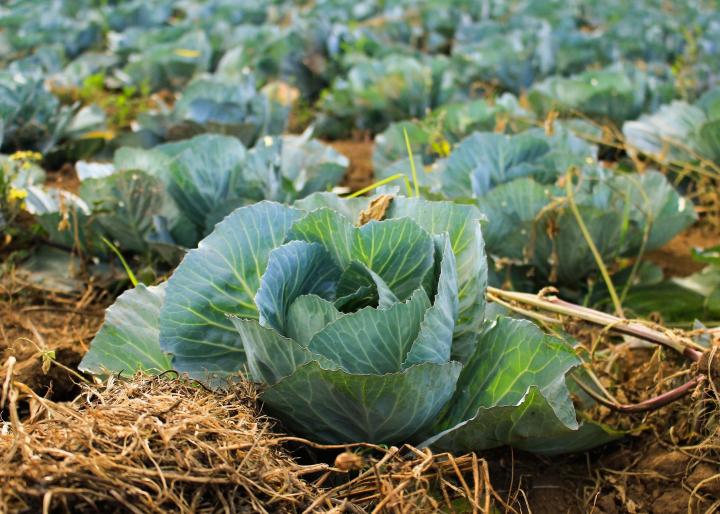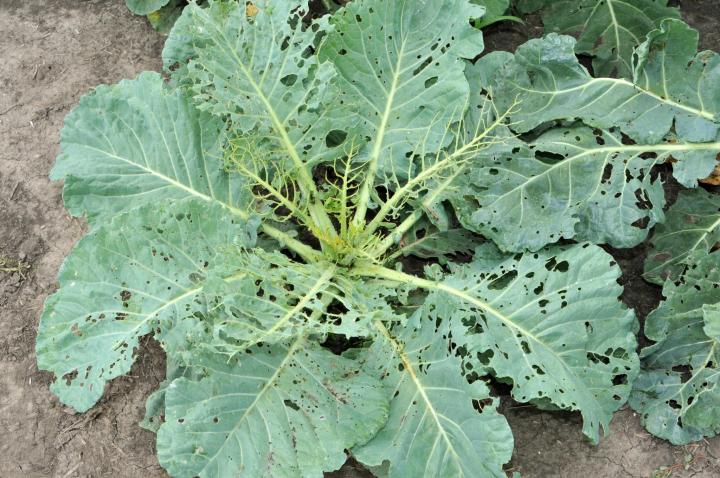
Sign up for our daily newsletter to get gardening tips and advice.
Planting, Growing, and Harvesting Cabbage
If boiling cabbage, drop walnuts (shell on) into the water; they will absorb the cabbage’s unpleasant odor.
ADVERTISEMENT
This is attractive & good idea growing and harvesting about cabbage I am following it to grow.
Very informative
Thank you
Love that
what is the price of it?😁
Very informative article
Is it possible to plant the crop during the rainy season? If so how do i aid the soil to avoid water clogging?
I appreciate in all the growing tips and maintenance of cabbage
See this helpful article on how to preserve cabbage. And here’s our Almanac recipe on making sauerkraut!
Hi,
I want to know if there is a device that will measure the hrs of sunlight on certain areas of my yard. I do have a lot of trees and several different planting areas I want to make sure I'm choosing the correct locations for certain vegetables. Since we can grow cabbages all year long ( I didnt know that)could they be grown in the same spot as last grown cabbages?
If you have an iPhone there is an app that will show you how the sun tracks in your garden
What is name of app?











